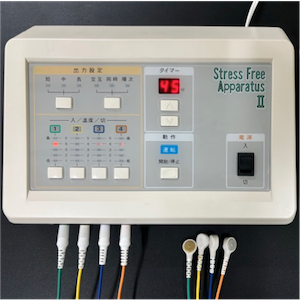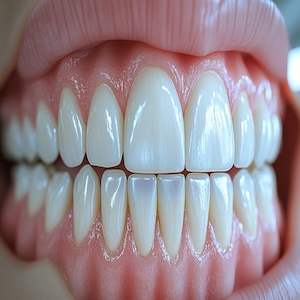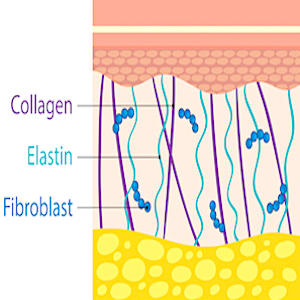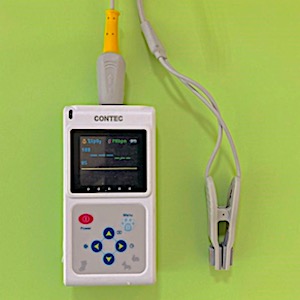Chitosan adhesives with sub-micron structures for photochemical tissue bonding
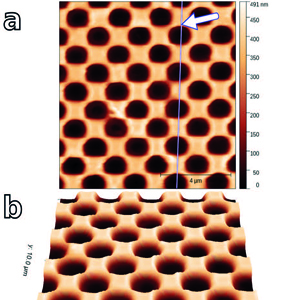
All claims expressed in this article are solely those of the authors and do not necessarily represent those of their affiliated organizations, or those of the publisher, the editors and the reviewers. Any product that may be evaluated in this article or claim that may be made by its manufacturer is not guaranteed or endorsed by the publisher.
Authors
We describe a method for fabricating biocompatible chitosan-based adhesives with sub-micron structures to enhance tissue bonding. This procedure avoids coating and chemical modification of structures and requires a simple drop-casting step for the adhesive film formation. Chitosan thin films (27±3 μm) were fabricated with sub-micron pillars (rectangular cuboid with height ∼150 nm, square dimension ∼1 μm and pitch ∼2 μm) or holes (diameter ~500 nm or ~1 μm, depth ~100 or 400 nm, pitch of 1 or 2 μm). Polydimethylsiloxane moulds were used as negative templates for the adhesive solution that was cast and then allowed to dry to form thin films. These were applied on bisected rectangular strips of small sheep intestine and photochemically bonded by a green laser (λ= 532 nm, irradiance ∼110 J/cm2). The tissue repair was subsequently measured using a computer-interfaced tensiometer. The mould sub-micron structures were reproduced in the chitosan adhesive with high fidelity. The adhesive with pillars achieved the highest bonding strength (17.1±1.2 kPa) when compared to the adhesive with holes (13.0±1.3 kPa, p<0.0001, one-way ANOVA, n=15). The production of chitosan films with patterned pillars or holes in the sub-micron range was demonstrated, using a polydimethylsiloxane mould and a single drop-casting step. This technique is potentially scalable to produce adhesives of larger surface areas.
How to Cite

This work is licensed under a Creative Commons Attribution-NonCommercial 4.0 International License.







